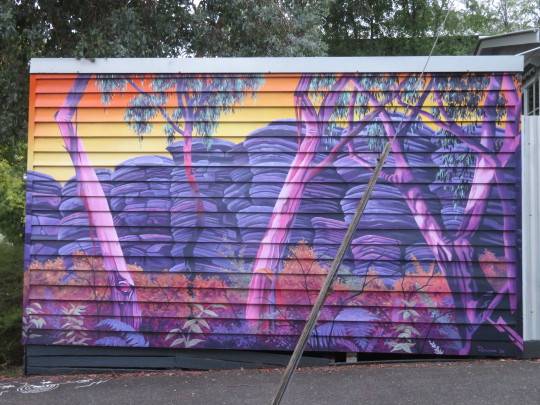#Jack Rowland
Text

Jack Rowland Total Solar Eclipse 2017 Oil on Linen 60x120cm
84 notes
·
View notes
Photo




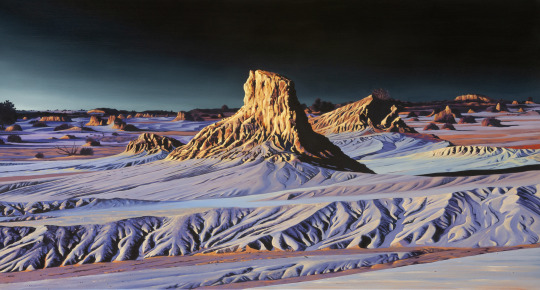



Jack Rowland’s “Un-Earth.”
Currently on view at James Makin Gallery in Melbourne, Australia is artist Jack Rowland’s phenomenal solo exhibition, “Un-Earth.”
Known for his hyper pigmented, photo realistic landscape paintings, Rowland's latest exhibition turns his eye to seemingly alien landscapes, rendered in dark shadow and pulsating fluorescent highlights, in a sometimes ominous blue palette. Reflecting our current times and questions about the future viability of the planet, “Un-Earth” has distinctly sci-fi overtones.
These paintings, while otherworldly, are inspired by Lake Mungo, a dried up lake located in Western New South Wales where the oldest human remains outside of Africa have been found. This unearthly landscape of skeletal sand mounds and its intersection with the ancient past, led Rowland to visualize an imagined future, where echoes of the past linger in a post climate crisis world.
"Have we left our planet dry and desolate? Or have we left altogether to terraform new worlds?" - Jack Rowland.

BUY PRINTS | FOLLOW ON INSTAGRAM
242 notes
·
View notes
Photo

21 notes
·
View notes
Text


The mirror, it’s broken.
Yes, I know. I like it that way. Makes me look the way I feel.
THE APARTMENT dir. BILLY WILDER // OPENING NIGHT dir. JOHN CASSAVETES
#opening night#john cassavetes#gena rowlands#joan blondell#shirley maclaine#billy wilder#jack lemmon#old hollywood#new hollywood#70s#70s movies#1970s#1977#1960s#60s#60s movies#60s vintage#old movies#vintage#golden age#golden era#golden age of hollywood#1960#movie stills#film stills
147 notes
·
View notes
Photo


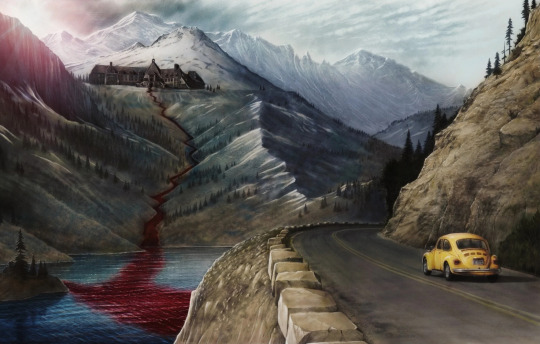
Bottleneck Gallery will release The Shining giclee prints by Andrew Rowland tomorrow, April 11, at 12pm EST. The 36x24 standard version is limited to 100 for $50, the black-and-white variant is limited to 40 for $60, and the 24x16 art print edition is limited to 50 for $40.
#the shining#stanley kubrick#stephen king#jack nicholson#jack torrance#horror#bottleneck gallery#andrew rowland#art#gift#80s horror#1980s horror#shelley duvall#scatman crothers#danny lloyd
114 notes
·
View notes
Text
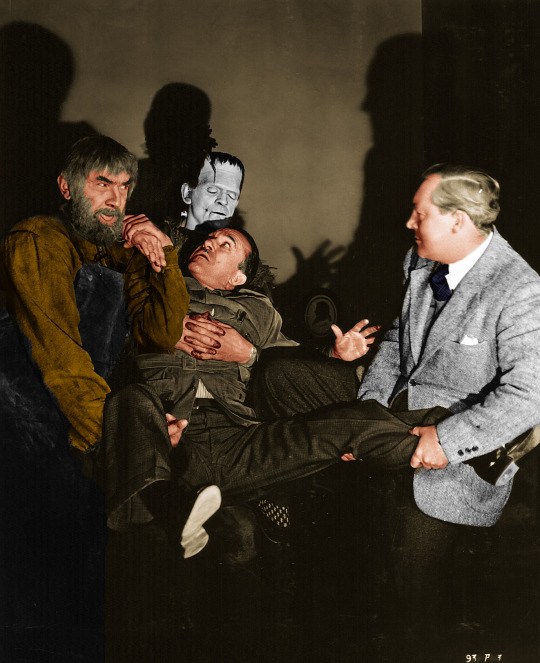
Deleted scene from Son of Frankenstein (1939): Bela Lugosi and Boris Karloff, with a little help from director Rowland V. Lee, showing how much they love sitting for hours in make-up man Jack Pierce's chair.
Source: oldhollywoodincolor.com
#Son of Frankenstein#Ygor#Bela Lugosi#Frankenstein's monster#Boris Karloff#Jack Pierce#Rowland V. Lee#Universal Monsters#monsters
51 notes
·
View notes
Text

Jack with Kelly Rowland & Kevin Hart — July 3, 2023
37 notes
·
View notes
Photo
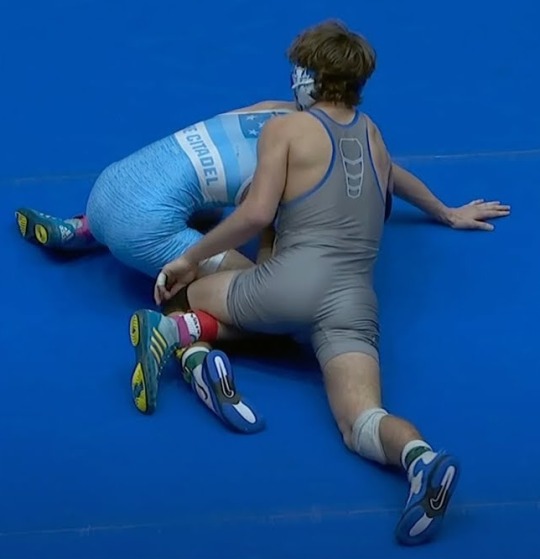
Patrick Rowland (grey singlet) wrestles Jack Whitmire
46 notes
·
View notes
Text
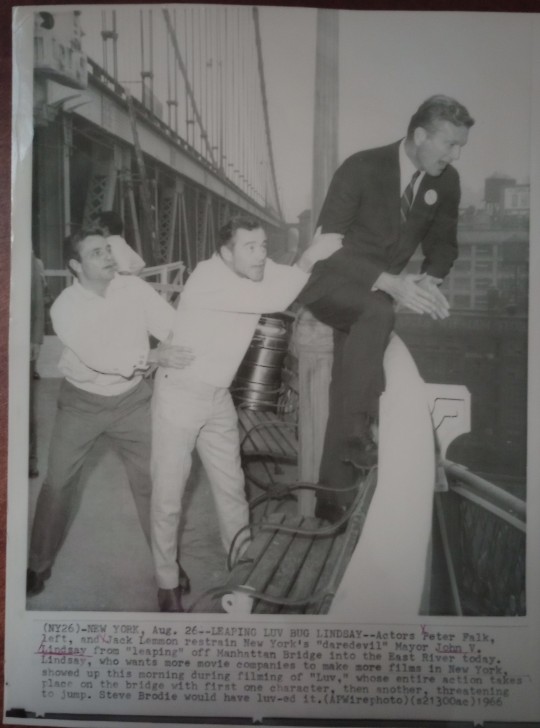


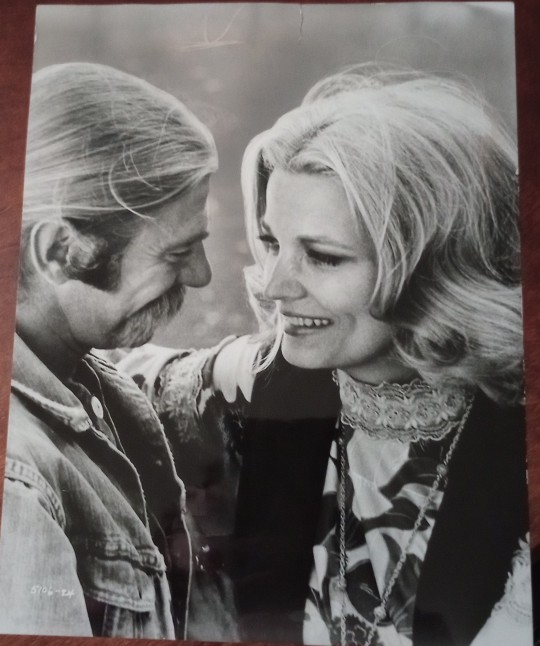
Some great photos with Peter Falk and Gena Rowlands, arrived in the mail the last two days. 💕
8 notes
·
View notes
Text
Let's go up the giant beanstalk (2)
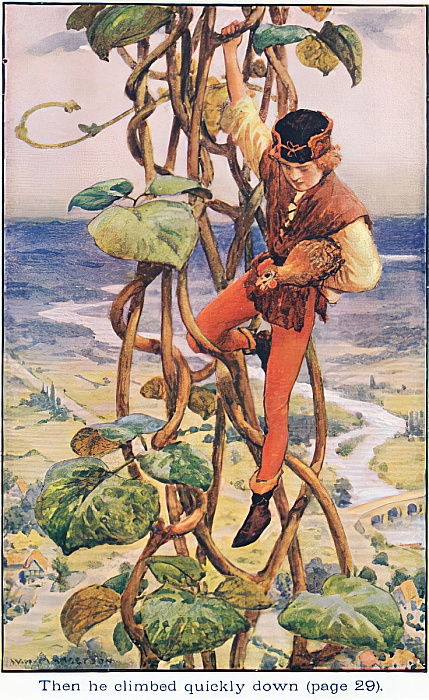
I said before that “Jack and the Beanstalk” and “Jack the Giant-Killer” are two different tales that should not be confused with each other – but it does not mean they are not related… Indeed the link between those sibling-stories goes beyond simply sharing a giant-opposing Jack. There is a running tradition in Jack adaptations and pantomimes to name the giant “Blunderbore” – which is actually one of the giants of “Jack the Giant-Killer” – and while this seems to have no root in any of the published texts above… the first printed version of the tale, the “Jack Spriggins” parody, did name the giant using a character from “Jack the Giant-Killer”. Though it was not “Blunderbore” – the Jack Spriggins tale rather names the giant “Gogmagog”.
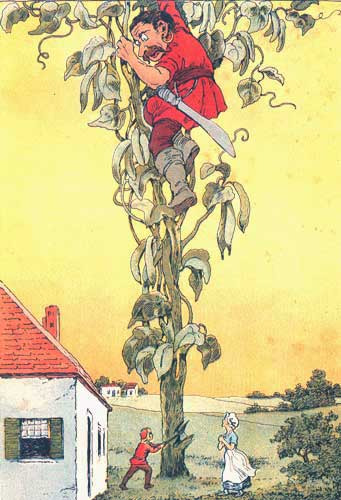
If things were not confusing enough, the giant of “Jack and the beanstalk” is known for his iconic line, “Fee-fi-fo-fum, I smell the bones of an Englishman.” (It is the Jacobs’ version of the rhyme, which continues, with other rhymes saying how the giant will grind Jack’s bones to make his bread). Well, this line is ALSO present within “Jack the Giant-Killer”, but rather sung by a giant named Thunderdell. “Fee, fau, fum (or alternatively “Fe, fi, fo, fum”) / I smell the blood of an English man” – again, continued by rhymes evoking a bread made out of human bones. This line, “Fee, fi, fo, fum”, has in itself a fascinating history because, as with many British fairytales, we can find an old manifestation of it… within Shakespeare’s plays. More precisely, in Shakespeare’s famous tragedy “King Lear”, we find the lines “Fie, foh and fum / I smell the blood of a British man”. This line comes from the very end of the fourth scene of Act III, where the character of Edgar pretends to be a madman by the name of Tom, and thus speaks in mysterious references and nonsensical riddles, and when he quotes this line, he does not do it in reference to any Jack tale… But rather by mixing it to the famous British story of “Childe Rowland”. The actual quote by Edgar/Tom is “Childe Roland to the dark tower came. / His word was still ‘Fie, foh and fum, / I smell the blood of a British man’.” It is very likely to be a comical mix-up of various folktales together, since the line is not traditionally linked to the Childe Roland tale – but it is extremely interesting, because it explains the first word of the seemingly nonsensical rhyme. Indeed, the “Fe/Fee” of later Jack tales is here a “Fie”, aka the archaic onomatopoeia of disapproval, and one that Shakespeare loved to use. As such, it is possible that the original first word of the rhyme was a “fie”…
Mind you, there is an even older record of the line: it first appears in 1596, under the pen of Thomas Nashe, in his pamphlet “Haue with you to Saffron-Walden” (it was part of a series of attacks he wrote against the writer Gabriel Harvey). It is where the line first appears, under the shape of “Fy, fa and fum, / I smell the blood of an Englishman”, but within the same pamphlet, the rhyme is described as being very old, so old in fact its origin has been lost to time…

There is a lot to say about “Jack and the Beanstalk”, but for now I will highlight a final element that participates in weaving this tale in the tapestry of British folklore: the goose. In the version we all know and share, Jack steals three things from the giant. Money, a magical harp that plays on its own, and a goose that lays eggs made of gold. The goose with golden eggs actually dates back to one of the oldest collections of fables we have: Aesop’s fables written in Ancient Greece, by the seventh or sixth century BCE. One of those fables is titled “The Goose that Laid the Golden Eggs”. In France, it was re-popularized by Jean de La Fontaine’s own collection of fables, which had a modernized version of the story, “La poule aux oeufs d’or”, “The hen with gold-eggs”. But it is from Aesop’s fable that came the European symbol of the “goose with golden eggs”, and various sayings and proverbs such as “Do not kill the goose that lays the golden egg”, which itself was then recut and reshaped into various other proverbs (such as “killing the goose” for a self-destructive action). If you do not know, the fable always end up the same way, though the reasons behind differ – the owner(s) of the goose that lays golden eggs end up killing it due to their greed and desire to have more gold, thus destroying the very source of money they relied upon.
But where the “golden-egged goose” link becomes interesting is within the domain of nursery rhymes. I made a LONG time ago a series of posts about “Mother Goose” (they were in fact my very first posts on this blog). Long story short, Mother Goose did not exist in England until the second half of the 18th century. Indeed, she became known to the English world thanks to the translations in English of Charles Perrault’s fairy tale collections “Les contes de ma Mère l’Oye”, “The tales of my Mother Goose”, in the early 18th century. But from the mid 18th century onwards, publishers of nursery rhymes and other children-aimed books started using “Mother Goose” as a sort of mascot, recurring figure or title-cliché, in reference to Charles Perrault’s fairytale book. As such, soon Mother Goose started becoming a British “emblem” or “symbol” of nursery rhymes as a whole, seen as “Mother Goose’s rhymes”. England invented an entire character based on this single name – and by the early 19th century, she even got her own nursery rhyme/pantomimes (the two were always closely linked and I do not have enough expertise to go into the details). The “rhyme” of Mother Goose was not notably known under the title… “Mother Goose, or the Golden Egg”/ “Old Mother Goose and the Golden Egg”. Because to the character of Mother Goose, “mascot” of fairy tales and nursery rhymes, was added the fable of the Goose that Laid Golden Eggs… And in the nursery rhyme and the pantomimes, who is the third character that makes the link between the mother and the egg-layer? Mother Goose’s son… Jack. Yes, another Jack linked to a mother figure and who ends up with a goose laying golden-eggs – though no giant appears in this version, as this Jack is rather inspired by the various Jacks of nursery rhymes (or so I heard, again, I am no expert on the topic).
As you can see, from one simple story we enter a maze of references, links and cultural inter-weaving tying together a lot of various domains…
#jack and the beanstalk#jack tales#jack the giant-killer#shakespeare#fairytales in shakespeare#british fairytales#english fairy tales#the goose that laid golden eggs#the goose with golden eggs#fables#giants#childe roland#childe rowland#mother goose#nursery rhymes
4 notes
·
View notes
Text
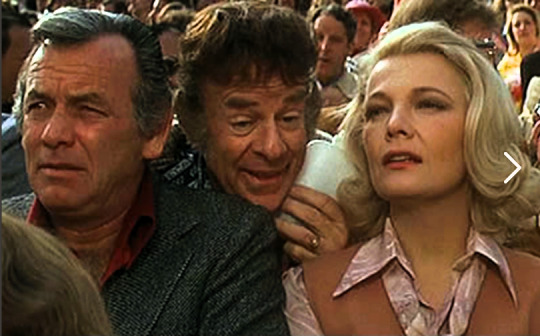
David Janssen-Jack Klugman-Gena Rowlands "Pánico en el estadio" (Two-minute warning) 1976, de Larry Peerce.
4 notes
·
View notes
Text

Jack Rowland Wandered Off 2012 oil on canvas 150x120 cm.
79 notes
·
View notes
Text
I'm never gonna be able to hear Oliver Rowlands name again without my brain thinking of Barnsley elbows
4 notes
·
View notes
Text
the vibes of the gen 3 era are getting more and more hard to be positive about 🙃
#formula e#the mirrors#the steering wheel hand injuries#the tyres being strange and not allowing the car to go fast anyway#oli turvey not getting a race seat#no tacheeta#no vernon anymore#Jack Nicholls leaving out of NOWHERE#Now Rowland too#No Bibendum either#the slipstream racing thing being kinda unsafe#the worse music and graphics and all that#theres probs more that ive forgotten#I know i dont like change and Ill get used to it but take me back to gen 2 please </3
4 notes
·
View notes
Text
Die lässig-weirde Poesie des Jim Jarmusch
Jim Jarmusch gilt als Erfinder des amerikanischen Autorenkinos, Filme wie »Stranger Than Paradise«, »Down By Law« und »Dead Man« sind längst Kult. Seit seinem 70. Geburtstag liegt eine vollständige Sammlung seines filmischen Schaffens vor.
Continue reading Die lässig-weirde Poesie des Jim Jarmusch

View On WordPress
#Adam Driver#Armin Müller-Stahl#Beatrice Dalle#Bill Murray#Cate Blanchett#featured#Forest Whitaker#Gena Rowland#Giancarlo Esposito#Iggy Pop#Isaach de Bankolé#Jack Kerouac#Jean-Luc Godard#Jim Jarmusch#Johnny Depp#Neil Young#Nicholas Ray#Paolo Bonacelli#Pauline Kael#Roberto Benigni#Samuel Beckett#Tilda Swinton#Tom Waits#William Blake#William S. Burroughs#Wim Wenders#Winona Ryder
0 notes
